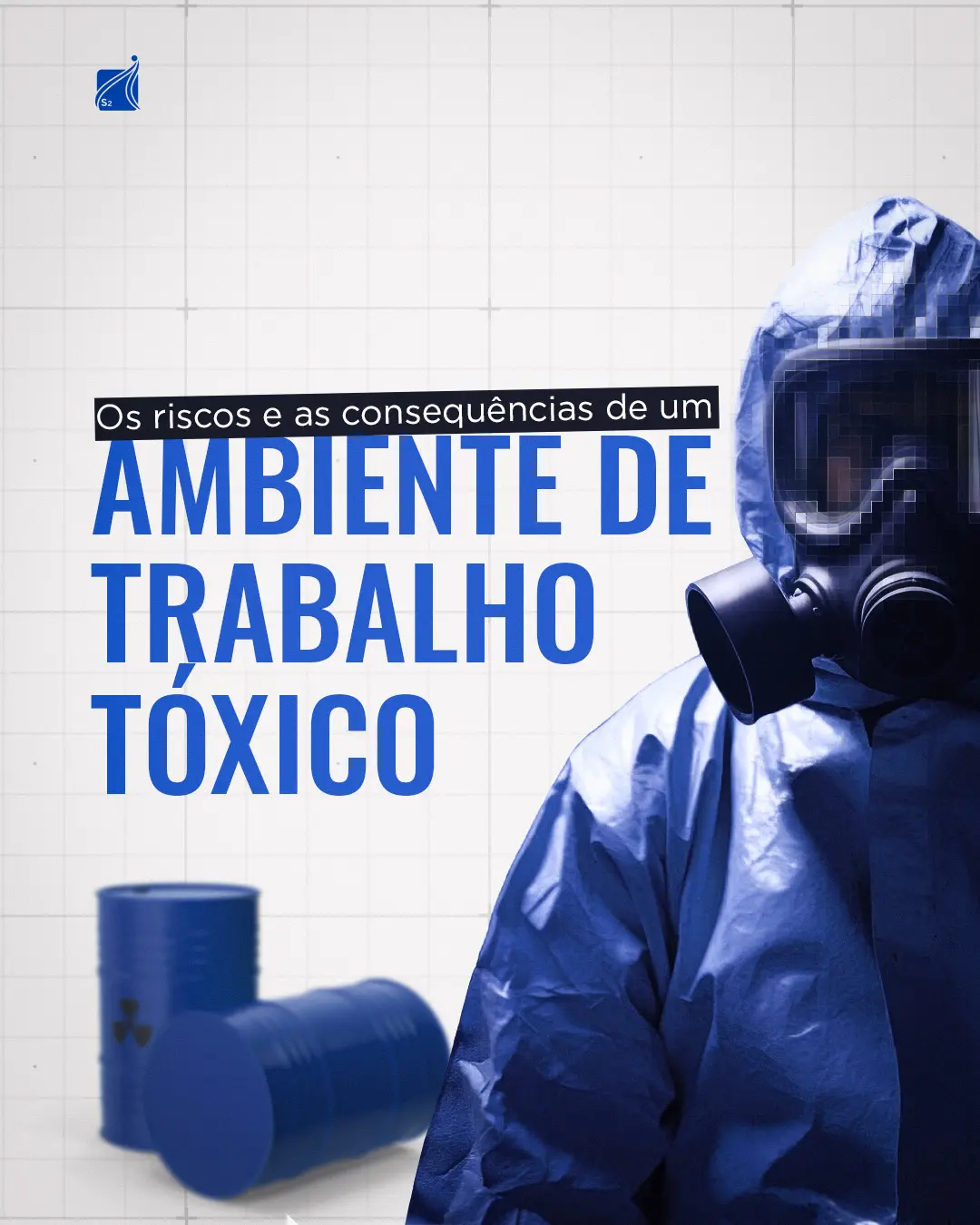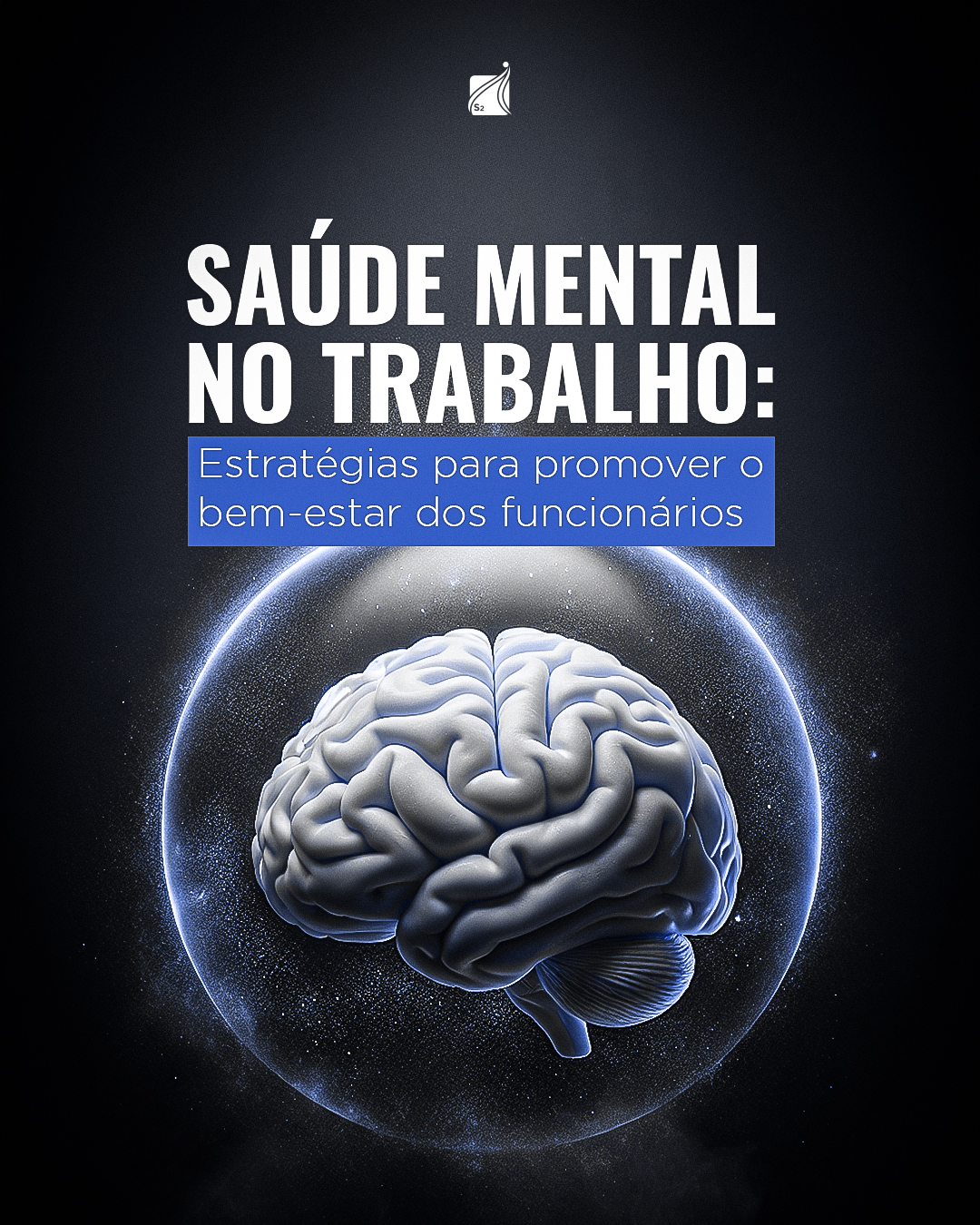
Navegue por tópicos
Um ambiente de trabalho tóxico traz muitos prejuízos para empresas e pessoas. Por isso, é importante combatê-lo no dia a dia. Para ter sucesso nesse processo, antes é necessário definir o que é esse ambiente. Só assim, o gestor poderá identificar falhas e traçar estratégias de melhoria.
Neste post, veja como se aplica esse ambiente de trabalho e saiba melhor sobre seus riscos e consequências. Boa leitura!
O que é um ambiente de trabalho tóxico?
Atualmente, muito se fala sobre o trabalho com ambiente tóxico. Contudo, é preciso cuidado ao determiná-lo, pois nem sempre a realidade se configura assim.
Por exemplo, se um funcionário que chegou tarde e recebeu uma advertência reclama de seu líder nas redes sociais, não exatamente terá razão. Isso porque apesar de a consciência sobre trabalhos tóxicos estar popular, o conceito não pode ser usado livremente para tudo.
Nesse caso, desde que o líder tenha tido uma postura respeitosa, a advertência cabia ao comportamento da pessoa, já que sua ação prejudica seu trabalho e a própria empresa, sendo função do líder corrigi-la.
Outro caso é quando duas pessoas discutem no trabalho. Por mais que as atitudes e palavras ditas não sejam legais, a ocorrência do caso não significa que o ambiente todo será tóxico, ou mesmo que as duas pessoas agirão sempre assim.
Dessa forma, o ambiente de trabalho tóxico pode ser definido como um local em que o trabalho, o comportamento das pessoas ou as rotinas recorrentes prejudicam o bem-estar de forma real, comprometendo não só a saúde física como a mental.
Como identificar um ambiente tóxico?
Ou seja, para definir um ambiente tóxico é preciso analisar diversos fatores frequentes, não atitudes isoladas. Por exemplo:
- líderes de equipe que sempre humilham colegas;
- gestores que não respeitam funcionários e pedem trabalho quando se está de férias, em licença médica ou de folga;
- empresas que estipulam metas altas e impossíveis de cumprir;
- colegas de trabalho que praticam ações como fofoca, bullying, calúnia, etc.;
- profissionais que não conseguem realizar o trabalho, pois alguém sempre está acompanhando cada passo;
- falta de comunicação que leva a erros e represálias constantes.
Desse modo, o ambiente de trabalho que é tóxico pode ser causado por gestores, CEOs e líderes, mas também pelos próprios funcionários, que podem sofrer por um lado, mas colaborar de outro. Assim, melhorar o ambiente tende a ser um esforço em conjunto.
Os riscos e as consequências da cultura organizacional tóxica
Quando a empresa tem a cultura organizacional tóxica, os efeitos são muito prejudiciais. Para a empresa, o andamento do trabalho, a lucratividade e a formação de equipes harmônicas e engajadas se torna mais difícil.
Além disso, dependendo do que ocorre, a organização pode ter mais problemas, como processos judiciais, como no caso de assédio. Ou ainda, ter a reputação tão ruim, que ninguém mais queira trabalhar no local.
Já para os funcionários, as questões geralmente pesam na saúde. Síndrome de Burnout, que é um esgotamento extremo, é uma delas. Porém, a pessoa também pode desenvolver transtornos, como TOC e síndrome do pânico.
Aliás, as pessoas estão tão atentas a este aspecto, que ativamente evitam a cultura organizacional tóxica. Em reportagem da Forbes, por exemplo, um estudo da plataforma Monster mostrou que 79% dos entrevistados priorizavam o bem-estar, em relação a uma promoção ou aumento de salário.
Em outra pesquisa, da Associação Americana de Psicologia, 92% dos profissionais afirmaram ser importante trabalhar em uma empresa que valorize seu bem-estar emocional e psicológico.
Ações para ter um ambiente de trabalho saudável
Assim, com profissionais mais atentos, as empresas podem tomar atitudes importantes para eliminar o ambiente tóxico no trabalho.
- conscientizar profissionais sobre o que é realmente o ambiente tóxico e criar uma cultura positiva;
- selecionar líderes responsáveis e íntegros;
- abrir canais de denúncias;
- investigar casos e ouvir profissionais;
- incentivar valores como respeito entre colegas;
- promover ações que apoiem a saúde mental e física;
- realizar férias coletivas, nas quais ninguém estará trabalhando.
O ambiente de trabalho tóxico é fácil de acontecer, pois é resultado das ações de pessoas. Por isso, é importante ter sempre atenção para identificá-las e resolvê-las, antes que se crie uma cultura prejudicial, com danos para a saúde de todos. Para isso, diversas medidas podem ajudar.

